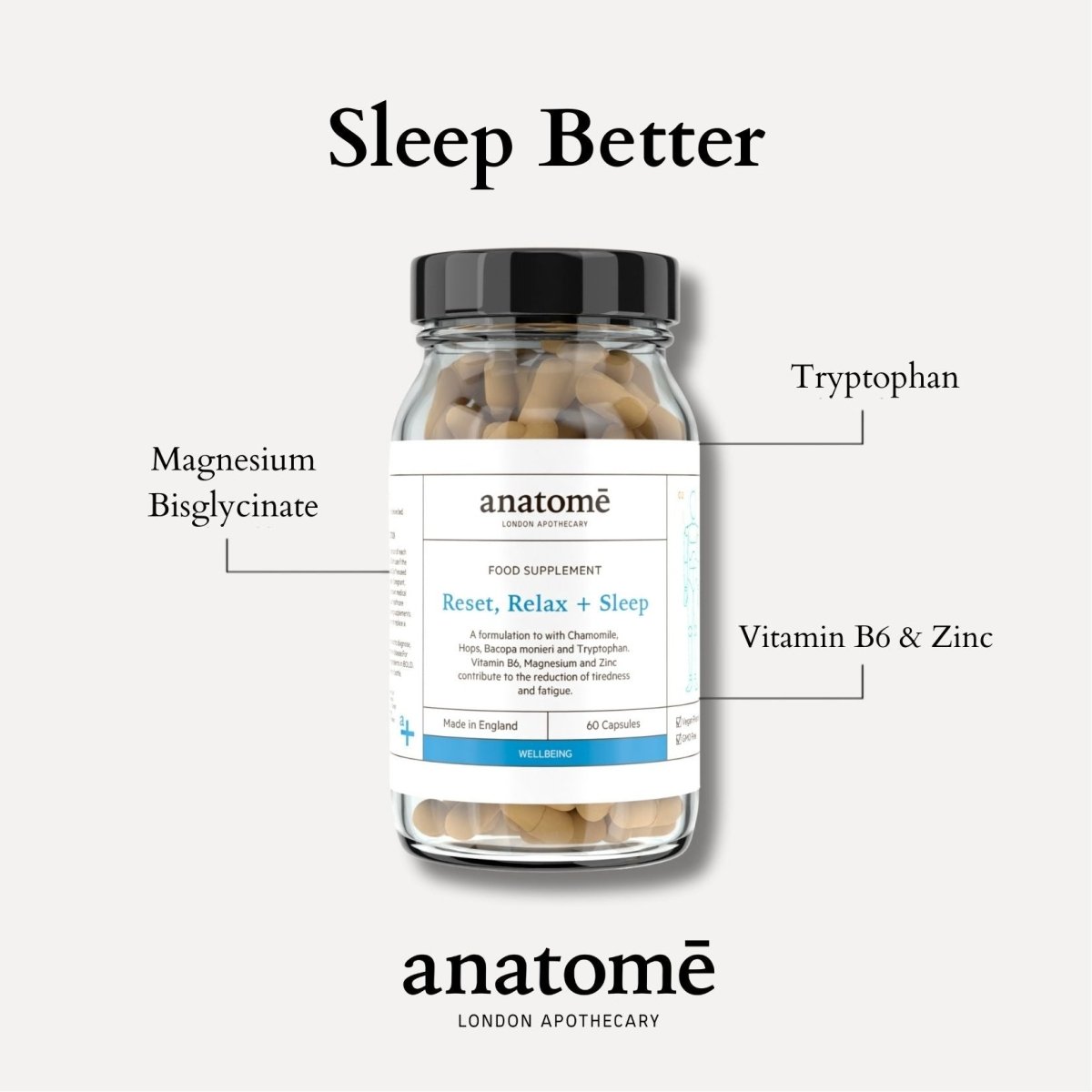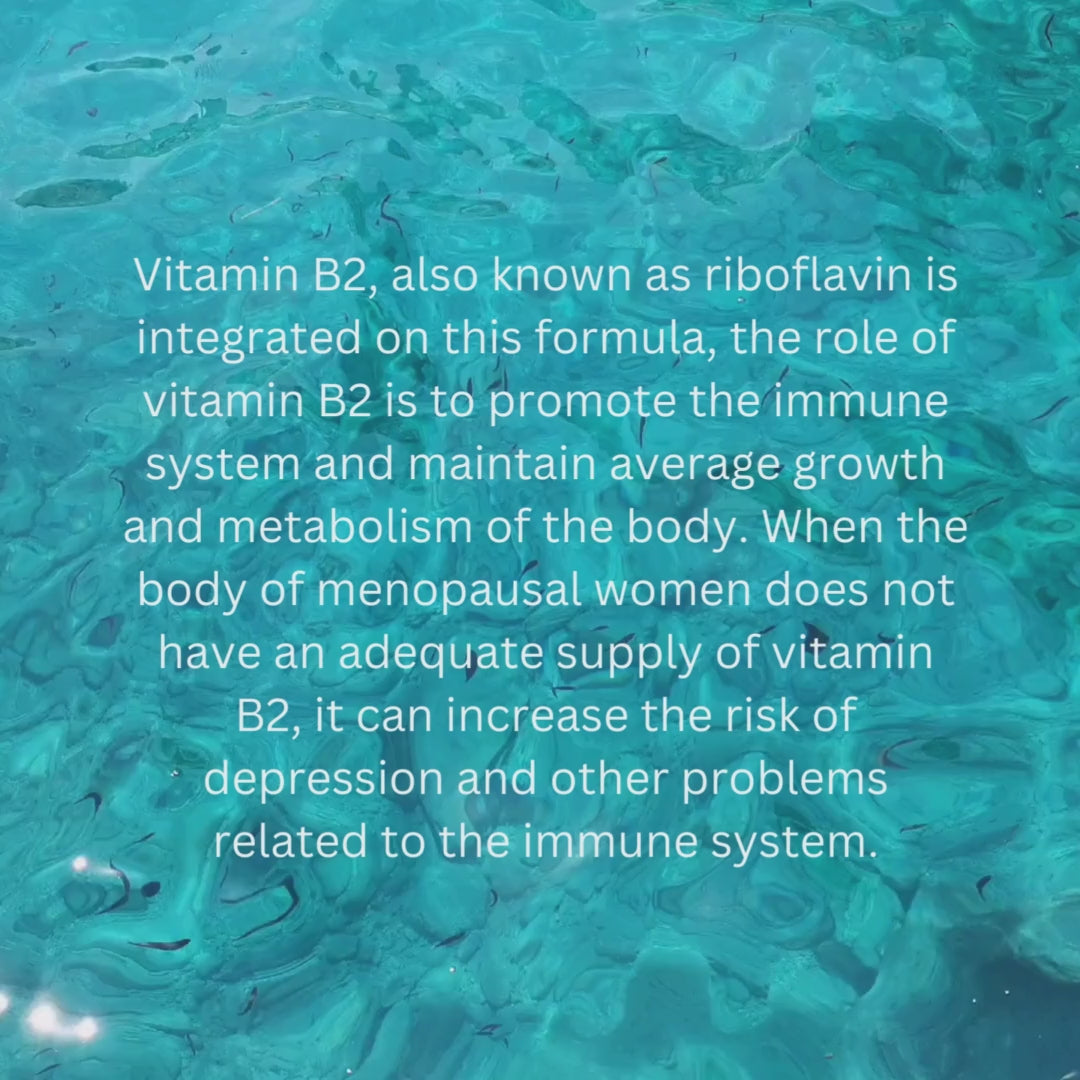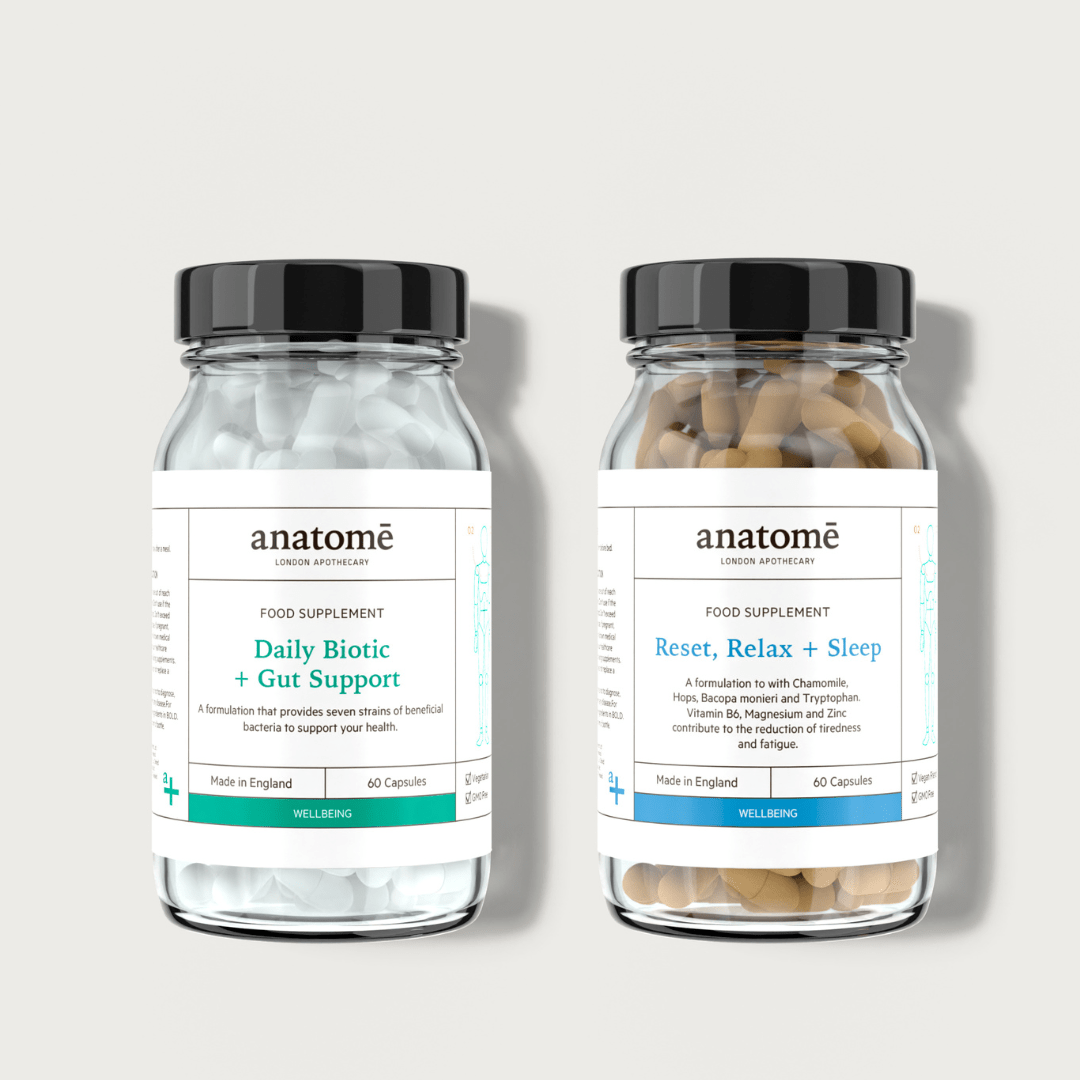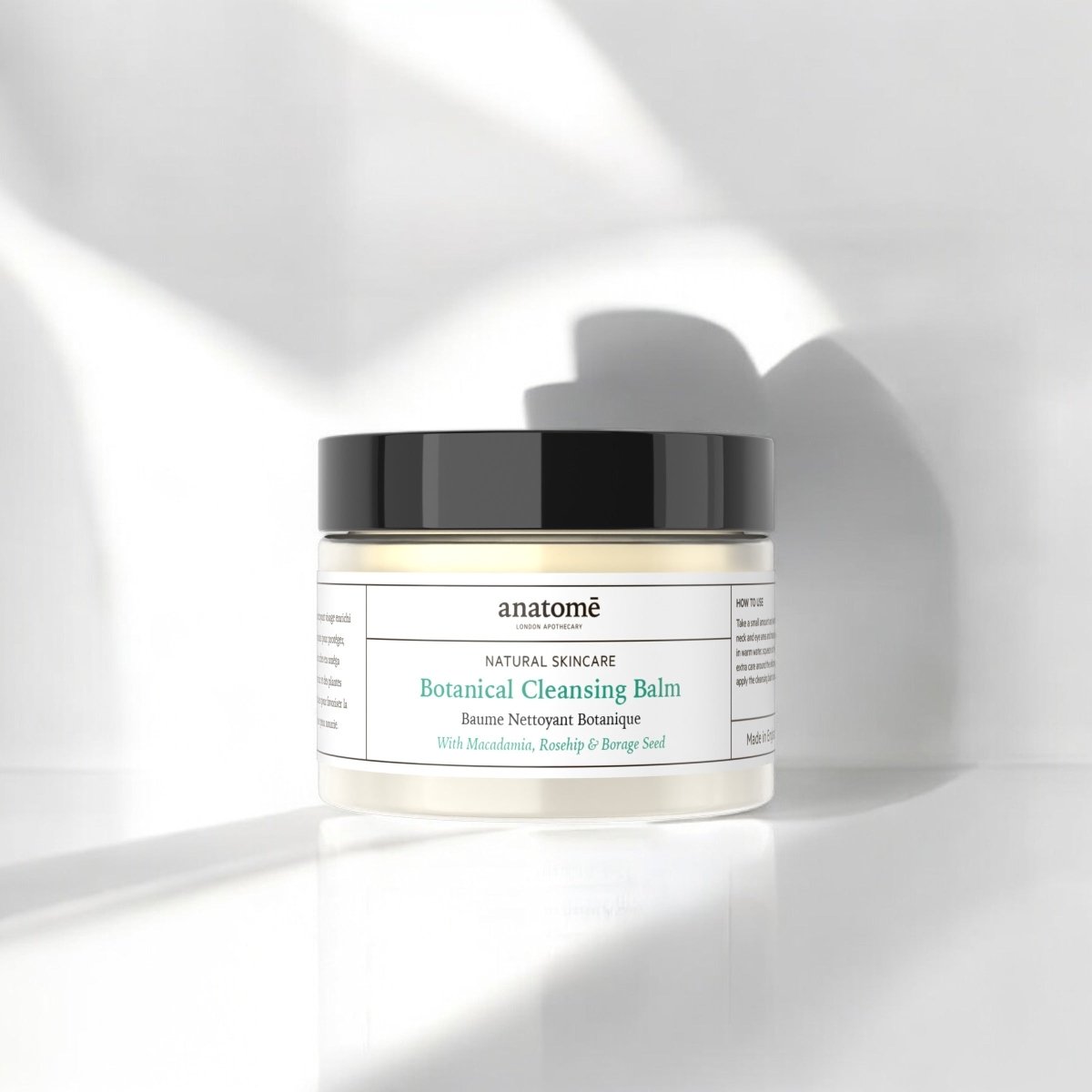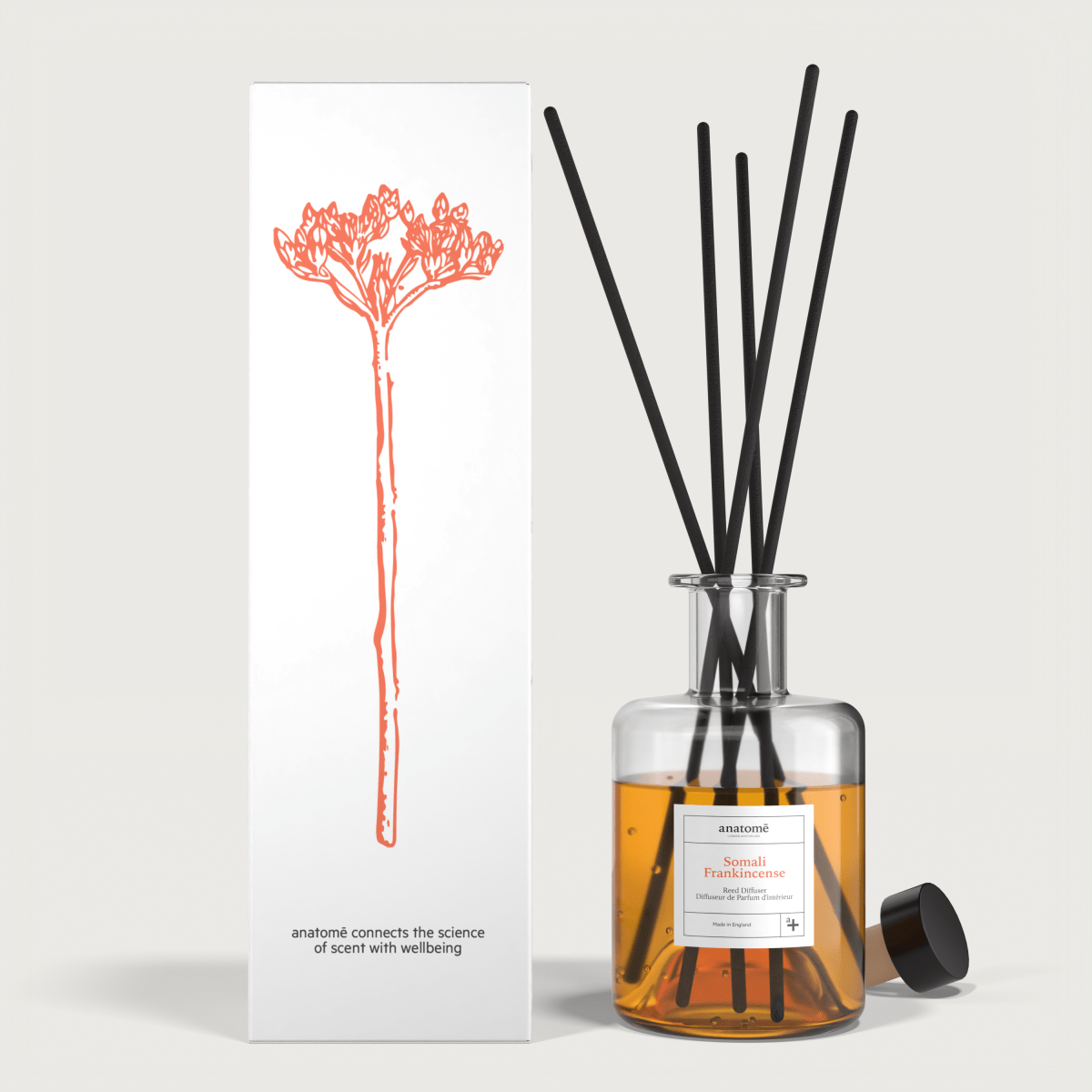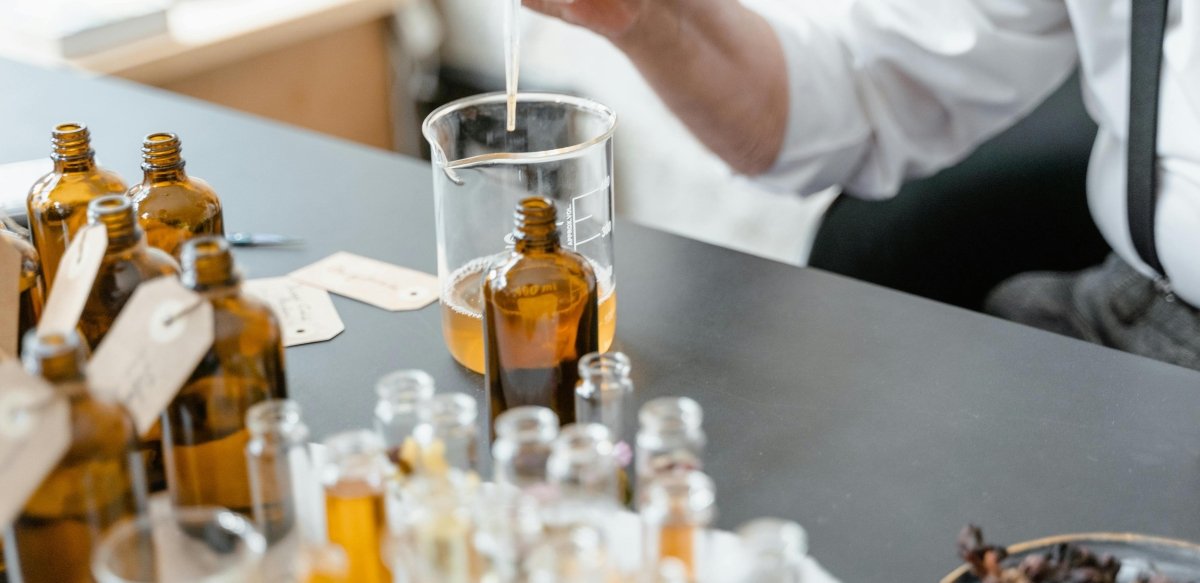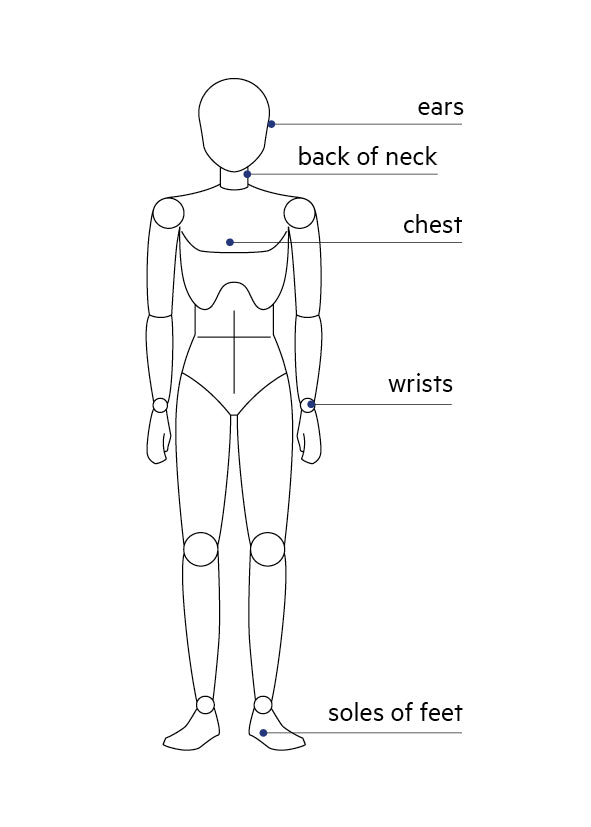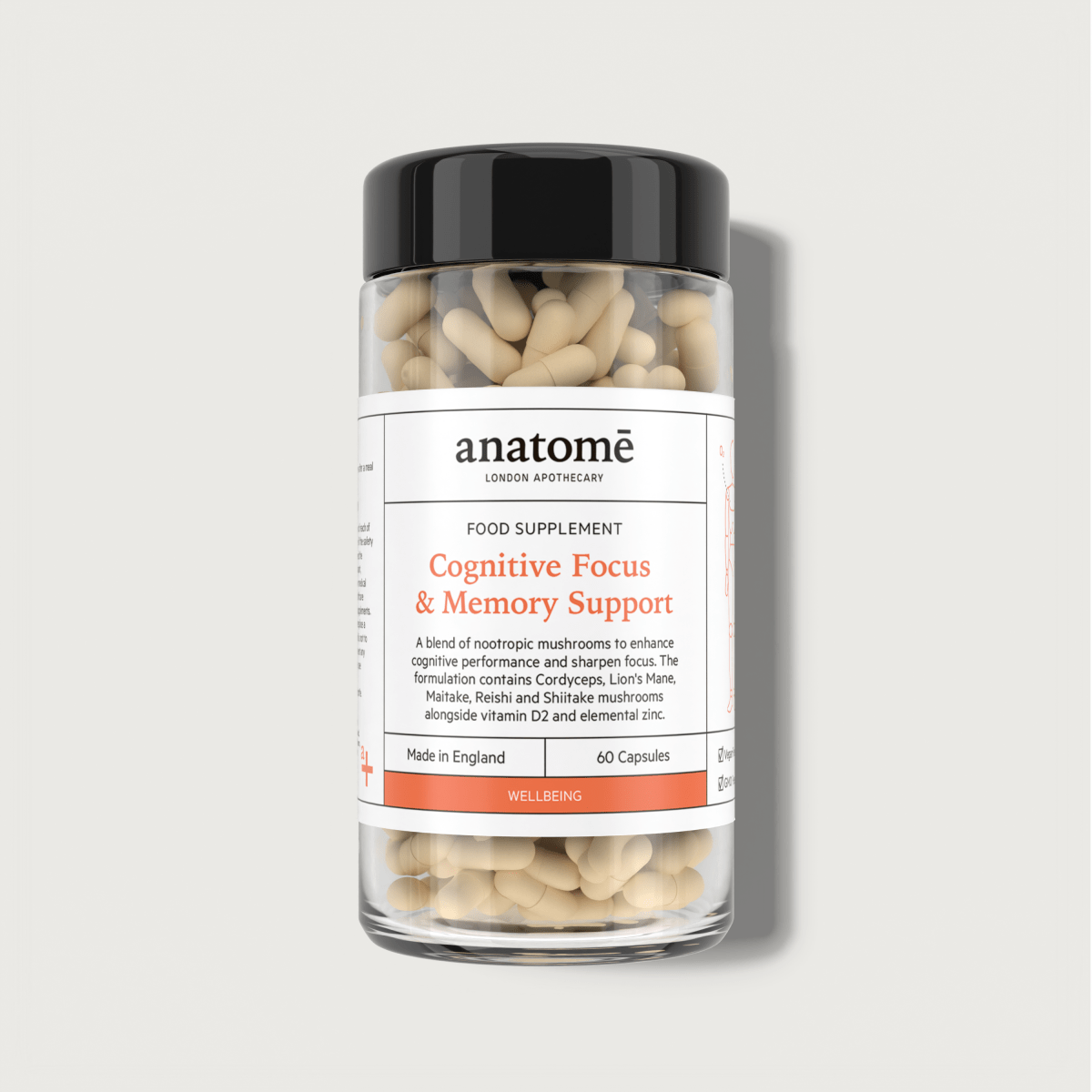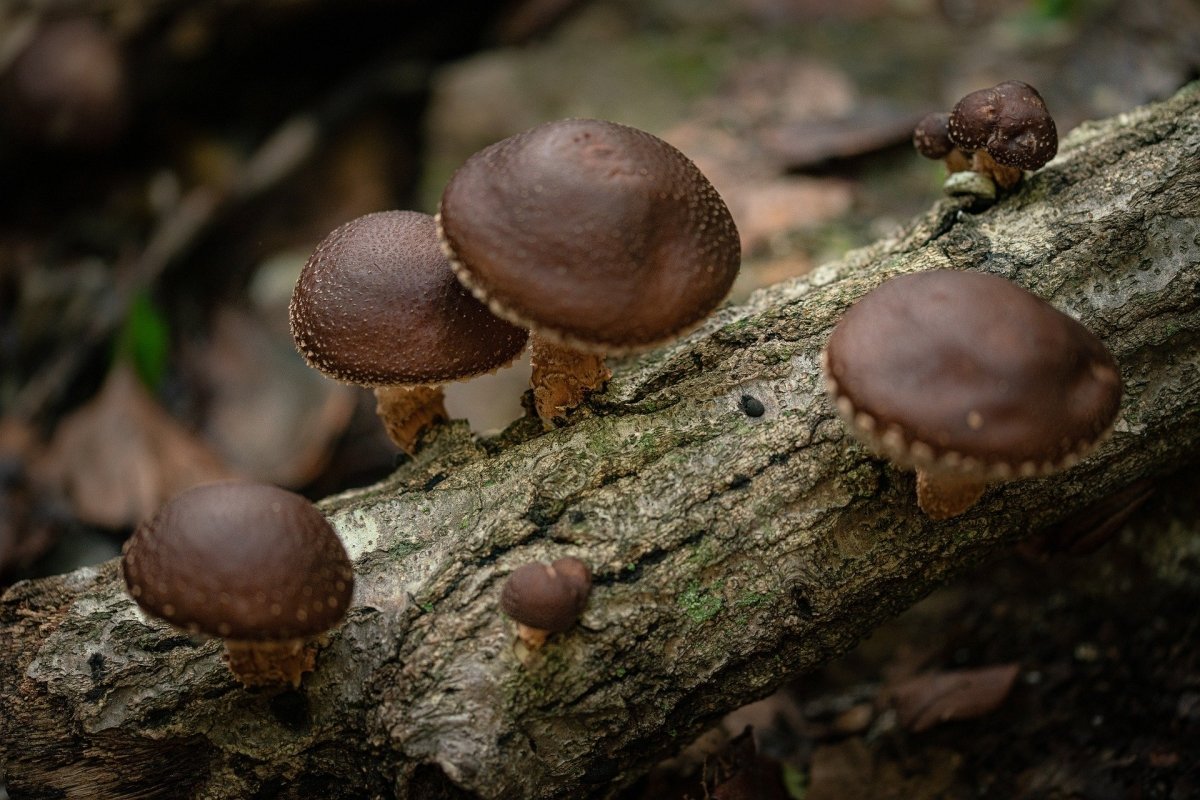
How does our immune system work?
The immune system is an incredibly complex and utterly vital system for our survival. Several different systems and cell types work together throughout the body to fight off pathogens and clear up dead cells. It’s important to eat healthy and exercise regularly to help our defence system.
While we all have an immune system, most of us don’t really understand how complex and vital it is to our wellbeing. It keeps us healthy and allows us to continue with our lives. The immune system is made up of special organs, cells and chemicals that fight infection, called microbes. The main parts of the immune system that actively fight infection are: white blood cells, antibodies, the complement system, the lymphatic system, the spleen, the thymus, and the bone marrow (1).
This complex system keeps a record of every microbe it’s defeated, in types of white blood cells, B- and T-lymphocytes, known as memory cells. This record ensures that the immune system can recognise and destroy the microbe quickly if it enters the body again, before it can multiply and make you feel sick. Some infections, like the flu and the common cold, have to be fought many times because the virus can mutate and these different strains can cause the same kind of illness. Catching a cold or flu from one virus does not give you immunity against the others.
1. White blood cells are the key players in your immune system. They are made in your bone marrow and are part of the lymphatic system. They move through blood and tissue throughout your body, looking for microbes such as bacteria, viruses, parasites and fungi. When they find them, they launch an immune attack. White blood cells include lymphocytes such as B-cells, T-cells and natural killer cells and many other types of immune cells.
2. Antibodies help the body to fight microbes or the toxins they produce. They recognise substances called antigens on the surface of the microbe, or in the chemicals they produce, which mark the microbe or toxin as being foreign. The antibodies then mark these antigens for destruction. There are many cells, proteins and chemicals involved in this attack.
3. The lymphatic system is a network of delicate tubes throughout the body. Its main role is to manage the fluid levels in the body.
The lymphatic system is made up of:
- lymph nodes, also called lymph glands, -- trap microbes
- lymph vessels -- tubes that carry lymph, the colourless fluid that bathes your body's tissues and contains infection-fighting white blood cells
- white blood cells, called lymphocytes.
The spleen is a blood-filtering organ that removes microbes and destroys old or damaged red blood cells. It also makes disease-fighting components of the immune system, including antibodies and lymphocytes.
Bone marrow is the spongy tissue found inside your bones. It produces the red blood cells our bodies need to carry oxygen, the white blood cells we use to fight infection, and the platelets we need to help our blood clot.
Thymus: it filters and monitors your blood content. It produces the white blood cells called T-lymphocytes.
The role of B lymphocytes
Once B lymphocytes spot the antigen, they begin to secrete antibodies. Antibodies are special proteins that lock onto specific antigens. Each B cell makes one specific antibody. For instance, one might make an antibody against the bacteria that cause pneumonia and another might recognize the measle virus.
Antibodies are part of a large family of chemicals called immunoglobulins, which play many roles in the immune response:
- Immunoglobulin G (IgG) — marks microbes so other cells can recognize and deal with them.
- IgM — is expert at killing bacteria.
- IgA — congregates in fluids, such as tears and saliva, where it protects gateways into the body.
- IgE — protects against parasites and is also to blame for allergies.
- IgD — stays bound to B lymphocytes, helping them to start the immune response.
Antibodies lock onto the antigen, but they do not kill it, only mark it for death. The killing is the job of other cells, such as phagocytes.
The role of T lymphocytes
There are distinct types of T lymphocytes:
Helper T cells, or Th cells, coordinate the immune response, some communicate with other cells and some stimulate B cells to produce more antibodies, while others attract more T cells or cell-eating phagocytes.
Killer T cells, or cytotoxic T lymphocytes, as the name suggests, attack other cells. They are particularly useful for fighting viruses. They recognise small parts of the virus on the outside of infected cells and destroy them.
Everyone’s immune system is different but, as a general rule, it becomes stronger during adulthood. Since, by this time, we have been exposed to more pathogens and developed more immunities. Once an antibody has been produced, a copy remains in the body so that if the same antigen appears again, it can be dealt with more quickly. That’s why with some diseases, such as chickenpox, you only get it once. The body has a chickenpox antibody stored that is ready to destroy the virus the next time it arrives, creating an immunity against it.
The immune system is incredibly complicated and utterly vital for our survival. Several different systems and cell types work together throughout the body to fight off pathogens and clear up dead cells. It’s important to eat healthy and exercise regularly to help our defence system to be on check.
Reference:
1. https://www.ncbi.nlm.nih.gov/books/NBK279364/


